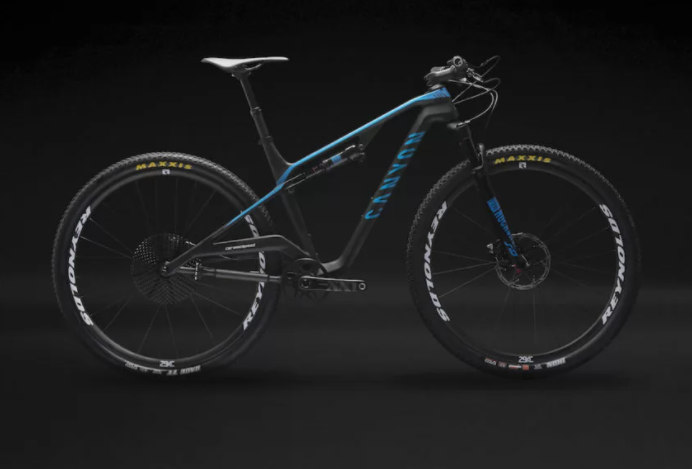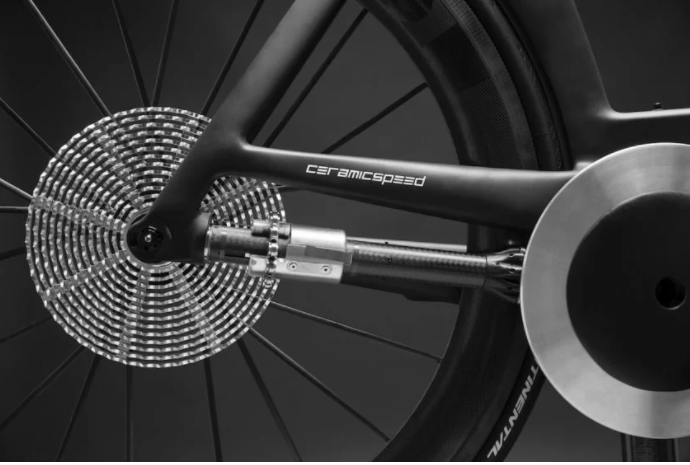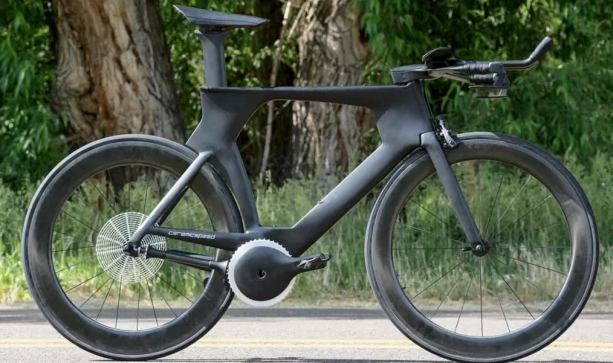Can a bicycle work without a chain? The DrivEn system could revolutionize the world of two wheels.
A new COPERNICAN REVOLUTION? The BIKE WITHOUT CHAIN
Since the mid-19th century, the force of our legs has been transformed into movement with the aid of a chain and since then, the cycling technique depends strictly on this functional element. But today something is about to happen, something truly revolutionary, in the world of two wheels: the prototype of a bike that moves without the chain was presented.
# “Yet it moves”: resented the prototype of a bike without a chain

For centuries, bicycle necessarily has had two wheels and a chain. Today this is not only changing, but revolutionizing in the true sense of the word, the concept of the bicycle that everyone has. As Galileo said referring to the Earth, “yet it moves”: it may seem absurd that pedaling could turn into motion without a chain, but it is so. At the moment there is just a prototype, but the Danish company that produced it, Ceramicspeed, is convinced that the world of cycling will soon be rid of the chain for good. Initially they dealt with inline skates, producing very low friction bearings, and then there was a flash of genius: exporting the system to two wheels.
# By eliminating the chain, you eliminate a risk factor

In collaboration with the mechanical engineering department of the University of Colorado, a prototype bicycle was developed that doesn’t need a traditional chain or derailleur (the mechanism that allows you to use different gear). But what are the actual benefits of a chainless bike? Before examining the technical aspects, it is necessary to point out that the chain is a risk factor: it is exposed to bad weather, dirt and blows, and this can cause it to break in the middle of a race, causing dangerous falls for cyclists.
# The system reduces friction by almost 50%: new records and race times

Examining the technical aspects, however, a chainless bicycle offers double the efficiency of the best chain system currently available, with a 49% reduction in friction. This astonishing improvement would truly represent a revolution in the world of cycling, allowing for new speed records and race times previously unthinkable. So if this prototype is so efficient why isn’t its production going on? The answer is simple: because the prototype is very efficient but not perfect yet.
# What are the obstacles to the realization of this revolution?
The system, called DriveEn, has some problems which we will discuss later but first it is necessary to illustrate its operation. The DriveEn bicycle is made up of a shaft with a series of ceramic bearings at each extremity that transfers the motion from the pedals to a set of thirteen flat-arranged gears, which replace the traditional cassette sprocket at the rear. Both the revolution and the obstacle to its realization reside in this system: in order to work, the drive shaft needs the space that is currently occupied by the lower part of the rear triangle of the frame. If this obstacle seems to be able to be overcome thanks to the dropouts particularly inclined upwards, some experts are still skeptical. Considering that the most powerful cyclists exert a force of up to 1700W on the drivetrain, will DrivEn be able to resist? And won’t sand, mud or debris be a problem for the system’s contact points?
To gain a foothold in the two-wheeler market, this prototype needs support, especially from frame manufacturers who should redesign the products to insert the propeller shaft. But history has taught us that every revolution in order to succeed has had to overcome obstacles and difficulties, and DrivEn, despite its problems, seems to be the future of cycling technology.
ROSITA GIULIANO










